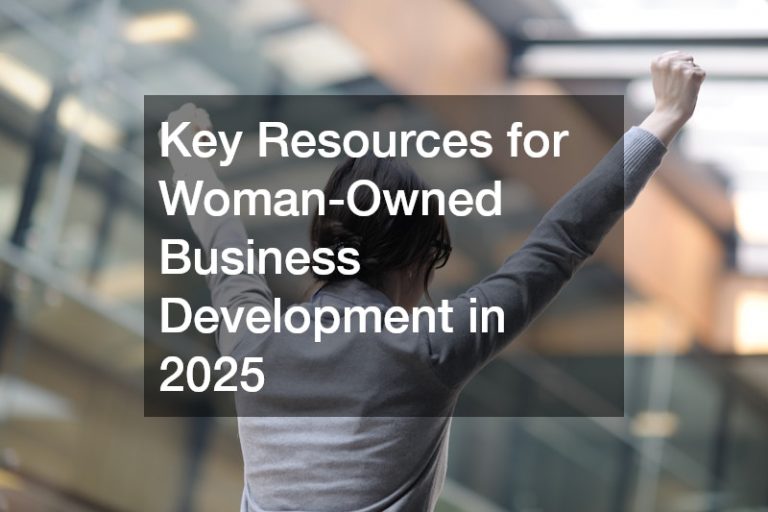

Our lives are made that much more comfortable with the aid of heating and cooling appliances. These advanced tools have given us the ability to stay warm during the winter, cool during the summer and adjust our surroundings at the touch of a button. Could we still stand to improve? Absolutely. The efficiency of induction heating is a new design that builds upon this older foundation by creating a much quicker and stronger way of keeping a building at a comfortable temperature. Your manufacturing company needs to become deeply familiar with the applications for induction heating if it’s to remain a top competitor in the coming years.
Heating and cooling appliances undercut everything we do. It’s estimated nearly 90% of all American households have an air conditioning system in place. The vast majority of businesses, establishments and schools provide steady air conditioning to keep occupants comfortable. With energy costs rising higher than they’ve ever been, conversations about saving money and keeping efficiency are becoming more commonplace. The appeal of EasyHeat systems is drawn from taking a basic need and stretching it to the fullest of its ability.
Manufacturers have been applying the basic principles of induction heating since the 1920’s, though today’s technology boasts more accessibility than ever before. Just about any company is able to benefit from EasyHeat induction systems, though not all will actually take advantage of it. Some of the most common uses of induction heating are welding (at manufacturing plants or in hobbyist studios), heating the home and cooking. They can also be used for increasing assembly line efficiency or reaching incredibly specific temperatures for plastic products.
Benefiting from EasyHeat systems is knowing how it works. Induction heating is characterized by the processes in which temperatures are as low as 212 degrees Fahrenheit and as high as over 5,000 degrees Fahrenheit. This incredible flexibility is just one of many traits that lends it to all sorts of applications. Induction brazing is a process where two or more materials are melded together by a ‘filler metal’, that of which has a much lower melting point than the base materials. Multiple metal types can be used in induction heating, though some have proven better than others.
Take silver, for instance. Silver is often used for induction brazing processes because of its low melting point, allowing it to obtain certain shapes and thicknesses that would be more difficult in other metals. Silver-copper eutectic brazes have a solid melting temperature between 1100 and 1650 degrees Fahrenheit. Materials with high permeability (a scale between 100 and 500) are the easiest to heat. Iron and its derivatives are just a few that respond well to the unique approach provided by inducting heating systems.
Now, a more specific application still needs the EasyHeat systems to provide a few factors. The four most significant are the characteristics in the part, the design of the inductor, your power supply’s capacity and how much of a temperature change is required for the application. The ‘Curie point’ is a common phrase used to denote the temperature at which some magnetic materials will see a noticeable change in their magnetic properties. Iron, for example, requires a Curie point of over 1,400 degrees Fahrenheit.
Induction heating equipment is not just highly capable of addressing multiple needs, it’s only composed of a few basic parts. You have the power unit, the work head and the work coil. EasyHeat systems are just that — easy — and help countless manufacturers execute the delicate balance between speed and quality they need for their year-end figures. Induction hardening and heating are likely to remain a popular choice for a while for their fast heating cycles, accurate patterns and ability to keep cores both cold and stable.
Whatever your application and whatever your speed, you can trust induction heating systems to deliver.



